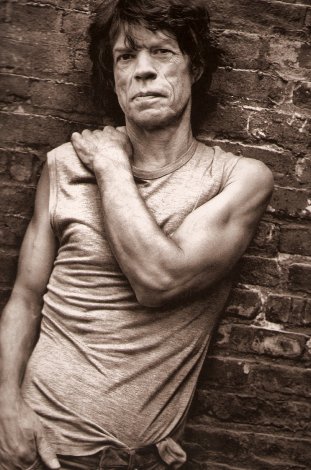When celebrity photographer Mark Seliger acquired the old brick building at the corner of Charles Street and the West Side Highway (New York City) in 1997, his friends couldn’t understand why he wanted a place in such an unfashionable area, across the street from rotting piers on the Hudson River and not far from the infamous meat-packing district. The building had been built as a factory in 1852, and Seliger had it gutted and rebuilt (an immensely expensive job) but a little over a year after buying it he had it operating as a state-of-the-art studio. Today the meat-packing district is filled with fashion boutiques, chic restaurants, and upscale hotels. Across the street from the studio, a luxury apartment development designed by Richard Meier is going up. “I went from being the stupidest person on earth to being the smartest,” shrugs Seliger.
During the remodeling, an old elevator was disassembled and taken out, leaving an empty shaft that, to the photographer’s delight, was topped with a 20×30-foot skylight. Seliger had a wooden platform built into the shaft, creating a private space upstairs from the main studio — a small, quiet place defined by the texture of its brick walls and flooded with creamy light. Inevitably, he began taking his celebrity subjects into the rebuilt space, now part of a stairwell, to photograph them.
“Every time I had a session where there was time to shoot someone in there, I’d do it,” says Seliger. “It became another option — when I would run out of ideas for what I was going to do with someone in the studio, I would take them upstairs.”
 Muhammad Ali and Michael J. Fox
Muhammad Ali and Michael J. Fox
 Mel Brooks using a comb to make a Hitler moustache
Mel Brooks using a comb to make a Hitler moustache
To watch more pictures taken by Mark Seliger (and Lenny Kravitz’s I Belong to You music video, also directed by Seliger), please take a gander at The Genealogy of Style‘s Facebook page: https://www.facebook.com/pages/The-Genealogy-of-Style/597542157001228?ref=hl







































